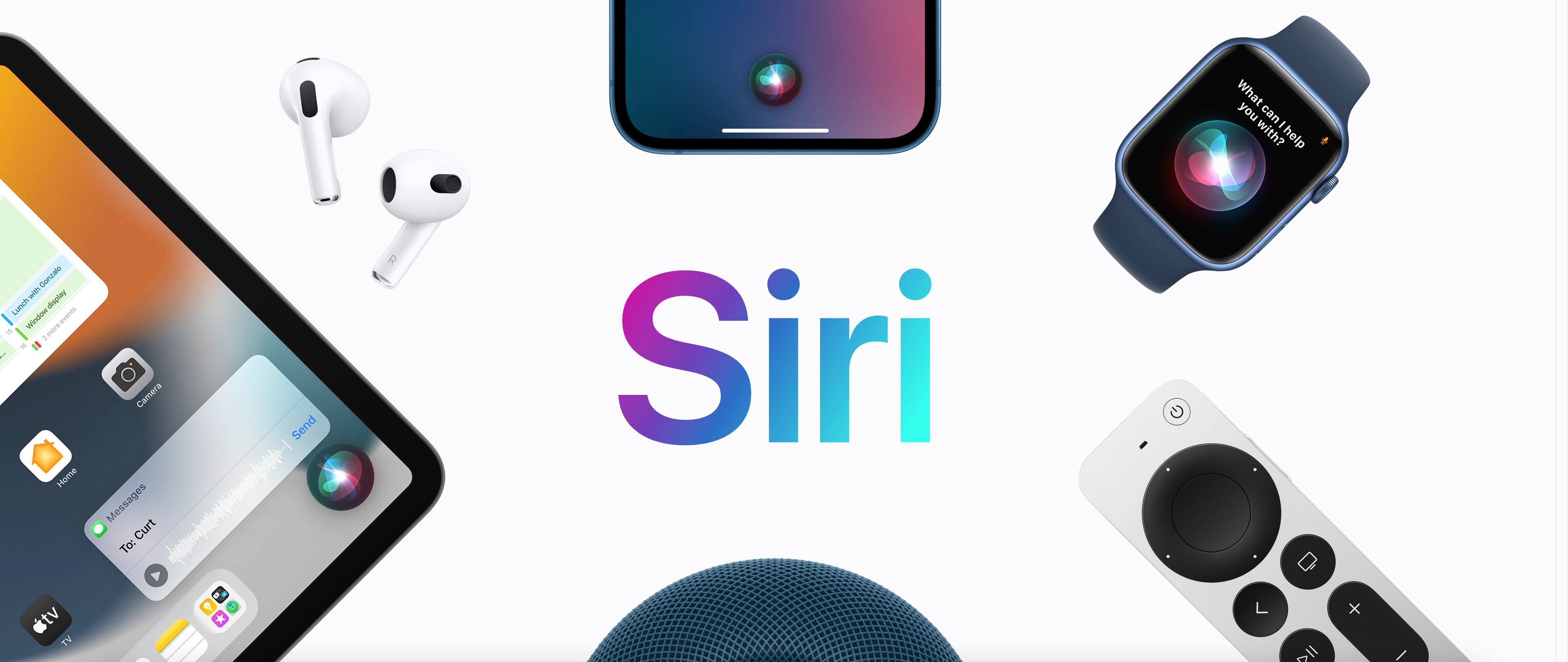What is conversational AI? How it works, benefits and examples

What is conversational AI? From AI chatbots to the latest virtual assistants, conversational AI is a type of artificial intelligence that simulates conversations that are so realistic, they’ll leave you feeling like you’ve just spoken with a real-life human!
Whether you use Alexa or Siri on a regular basis or you’re more of a Google Assistant fan, AI apps and products have soared in popularity as their ability to converse in flexible and natural ways has grown.
Using a mixture of machine learning and natural language processing, conversational AI processes your request and generates a natural-sounding response.
Below, we breakdown everything you need to know about conversational AI, including more on how it works and the benefits and disadvantages of using it. And if you’re keen to delve deeper into the world of AI, check out our guides to what is generative AI and what is AI art.
What is conversational AI and NLP?
Conversational AI and natural language processing (NLP) are both forms of technology that allow machines to understand, interpret, and generate human language. The result is that people and machines can converse in ways that feel natural and intuitive.
You can think of conversational AI as being the simulation of an intelligent conversation by a machine. Conversational AI is reliant on additional forms of technology to be able to process and respond to human language, which is where NLP comes in.
NLP allows a computer program to interpret written and spoken language and works in three stages. In the first stage, conversational AI uses NLP to break down requests into words and sentences that the computer can understand before analyzing the text and deciphering what the user is requesting. In the final stage, NLP is used to generate a clear response.
Examples of conversational AI
If someone were to start talking to you about conversational AI using just that phrase, you’d be forgiven for having no idea what they were talking about. After all, while conversational AI has actually been around since 1966, it’s only in recent years that it’s started to be widely used.
However, if someone were to forgo the words conversational AI and instead start talking to you about Siri, Alexa, or AskAI powered by ChatGPT, you’d likely immediately be familiar with at least one of these conversational AI tools.
Here’s a few examples of some of the most popular conversational AI tools that you may have encountered in recent years:
1. Chatbots
Have you ever visited a website and had a little box pop up asking if you need any help? That’s a chatbot. A common example of conversational AI, chatbots vary from very simple versions that will provide you with basic information related to a particular set of queries to advanced versions that can engage in more complex tasks and higher-level conversations.

HuggingChat
2. Virtual assistants
From Apple’s Siri to Amazon’s Alexa, voice-activated virtual assistants can do it all, from setting reminders and turning on your TV to playing your favorite music and giving you the latest weather report. While chatbots are used by organizations, virtual assistants are a great example of user-focused conversational AI.
3. AskAI powered by ChatGPT
With over 100 million users, ChatGPT has gone from strength to strength since it launched in November 2022. And it seems that conversational AI powered by GPT is set to do the same. Allowing you to generate your own AI Q&A, AskAI has become popular with organizations as it allows them to gain answers to questions about customer conversations and interactions.

Andrew Neel / Pexels
What is a key differentiator of conversational AI?
Conversational AI exists along a continuum and can be used in very basic through to very advanced formats. At its most advanced, conversational AI allows machines to interact with humans in ways that feel natural and responsive.
Instead of conversations sounding robotic or being overly linear, conversational AI allows for a flexible flow that can easily fool us into thinking we’re speaking with an actual human!
How conversational AI works
Conversational AI works thanks to two different functions - machine learning (ML) and NLP. Machine learning is what allows conversational AI to get better, it essentially collects information and uses it to improve the technology.
As we’ve already seen, NLP is the process by which AI understands language and uses this understanding to generate natural-sounding conversations that enables it to effectively speak with users.
ML and NLP work together - the former works to understand the user’s request and create a response, and the latter transforms this response into something that is clear and can be easily understood.
What's the difference between a chatbot and conversational AI?
It’s worth thinking of chatbots as an example of the practical application of conversational AI. In its broadest terms, conversational AI is a term used to describe all AI technologies that enable computers to simulate some degree of human-sounding conversations.
A chatbot is a specific type of conversational AI that uses a chat widget, making it good for automating tasks and providing basic assistance.
While there’s a big overlap between the two, where they differ is that advanced conversational AI (like a virtual assistant, for example) is far superior than a basic chatbot when it comes to generating natural and lifelike conversations.
Although chatbots are technically a form of conversational AI, many people are reluctant to pop them under that category unless they are clearly AI-powered. Rule-based chatbots are structured to resemble simple decision trees where specific questions have fixed answers.
AI-powered chatbots, on the other hand, use NLP to interpret the user's question and generate an appropriate response. This enables the conversation to be more flexible and dynamic, as opposed to the rule-based chatbot's more fixed approach.

Siri
Benefits of conversational AI
1. Enhanced customer experience
If you’ve ever spent hours in a phone queue waiting to speak with an operator, then you know how frustrating it can be.
Conversational AI takes away a lot of that by reducing wait times and allowing chatbots and virtual agents to seamlessly interact with customers to deliver quick support and faster resolution times for inquiries.
2. Better cost-efficiency
Many organizations are bringing some degree of conversational AI into the workplace as a way of cutting costs and removing the element of human error that can occur with time-consuming tasks that require large amounts of concentration.
Conversational AI is highly independent and automated and requires very little human supervision, making it an attractive prospect - not just for saving money but also time.
3. Increased accessibility
Conversational AI has been a huge hit with people who prefer to engage over chat as opposed to in person or on the phone. Enabling you to skip the long queues and get the help you need quickly and easily, conversational AI allows customers to resolve issues conveniently and without human interaction.
Conversational AI has been a huge hit with people who prefer to engage over chat as opposed to in person or on the phone. Enabling you to skip the long queues and get the help you need quickly and easily, conversational AI allows customers to resolve issues conveniently and without human interaction.
4. Personalization and tailored interactions
One of the great things about conversational AI is that something like a chatbot will remember previous messages and details, so if you return to the same site, you won’t have to go through everything again.
Using the data it has already gathered, conversational AI can generate information relevant to a particular customer and recommend solutions based on their unique needs and preferences.
Disadvantages of conversational AI
1. Lack of human interaction
One of the biggest pros of conversational AI is also one of its biggest cons. While a lot of people enjoy the convenience these various tools offer and their ability to allow us to bypass human interaction, many others see the move away from human-to-human contact as being hugely problematic.
Despite continuous improvements aimed at making them more ‘human like’, chatbots and other forms of conversational AI remain mechanical and robotic.
2. No empathy
Removing the human equation isn’t just problematic from the point of view that you’re not conversing with another person, it’s also challenging because it removes important verbal and non-verbal cues.
Top of the list is empathy, the ability to understand the feelings of another person and to respond with warmth and kindness. Because chatbots and virtual assistants can’t establish a connection with a person, they can’t relate to what they’re going through - something that goes a long way when it comes to establishing customer loyalty.
3. Repetitive
Trained to provide standard answers to customer queries, conversational AI tools can become very frustrating very quickly. For example, if the response you get isn’t helpful, rephrasing your question will likely still result in the same (or a very similar) answer as the one you got before.
4. Basic assistance
One of the biggest drawbacks when it comes to conversational AI is that these tools can’t handle anything too complex. So while a chatbot might be useful if you’re wanting to do something simple (like close a credit card with your bank, for example), they’re not going to be able to help you resolve a challenging situation (such as an in-depth discussion of why your mortgage application was declined).
Comments (11)
Lance
Founder - Conversational AI Engineer
Michael Choupak
AI App Directory & Marketplace
Joe Armis
Website Developer
Areeba Khan
Partnership Executive at The Blockopedia
Abdul Wadood Khan
Web3 Marketer and Story teller
Dania Nayeem
Business Development Executive
franco taylor
foundre of rts tv
Orn Elaina
More stories

Kyle Corbitt · How To · 3 min read
What we've learned in 3 days of Llama 3

Aaron O'Leary · Announcements · 2 min read
Introducing Shoutouts

Finn Lobsien · Opinions · 5 min read
Can Devin AI Replace Product Managers?

Aaron O'Leary · News · 2 min read
Meet Nvidia's new localized AI chatbot

Sarah Wright · News · 2 min read
The top 15 AI products from 2023

